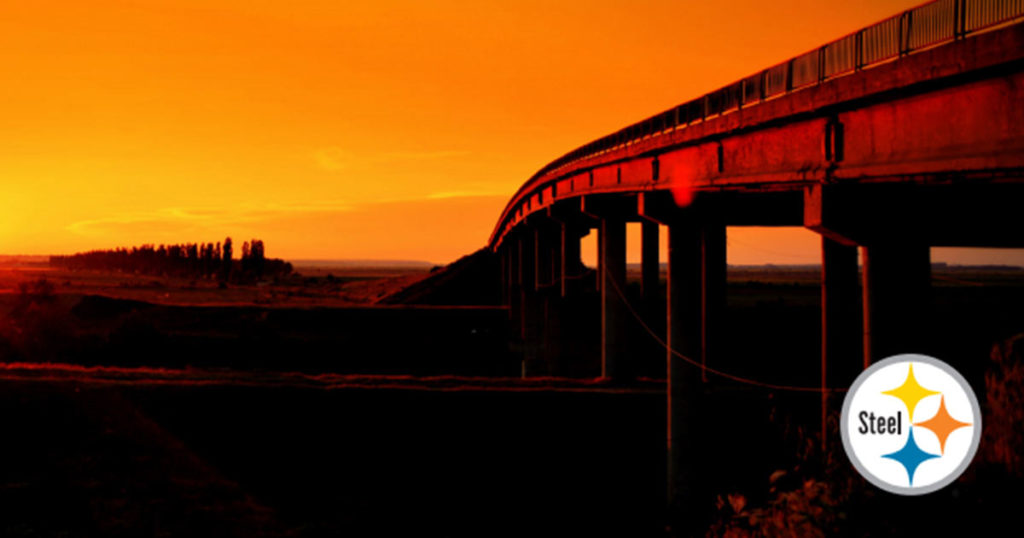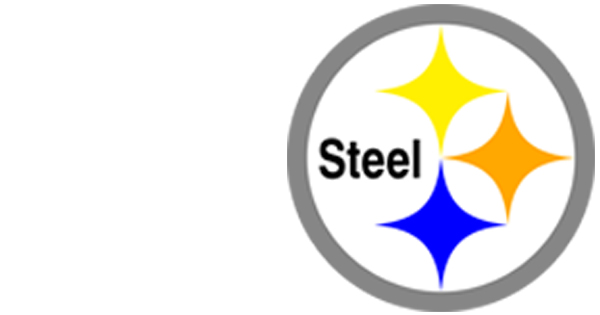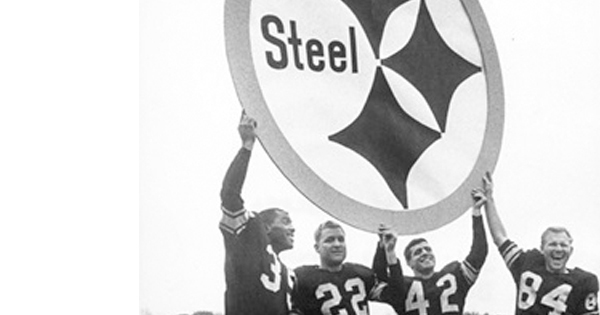History
Registered Trademark
If you are interested in using the AISI’s trademarked Steelmark, please contact Elizabeth Vago. Once permission is granted, you will be able to utilize the Steelmark in accordance with the AISI’s steelmark guidelines.
A History Spanning More Than 160 Years

The need for an organization “to take all proper measures for advancing the interests of the trade in all its branches” led ironmasters, clustered mainly in the East, to establish the American Iron Association in 1855. That year, world pig iron production amounted to seven million tons.
In 1864, with the introduction of the Bessemer steelmaking process in the United States, the Association, then headquartered in Philadelphia, changed its name to the American Iron and Steel Association (AISA).
Early in the twentieth century, as the industry experienced explosive growth, its leaders saw the need for an organization to supplement the largely statistical activities carried on by AISA. That led to the founding of the American Iron and Steel Institute in 1908, with Elbert H. Gary as its first chief executive.From 1908 to 1912, the Institute and the Association functioned side by side. But on January 1, 1913, the Association was merged into the New York – based Institute.
The “Roaring ’20s” was a period of prosperity and expansiveness. Institute statistics showed that the United States produced 40 percent of the world’s supply of iron and steel. But then came the Great Depression. In 1933, at its depths, Congress adopted the National Industrial Recovery Act, and AISI was called upon by the Federal Government to act for the steel industry in the establishment and administration of a Code of Fair Competition. That responsibility was so vast that almost overnight the Institute’s staff had to be expanded from about a dozen people to almost 100. The NRA, however, was declared unconstitutional in May of 1935 and replaced in part by the National Labor Act. Subsequently, the AISI Committee on Industrial Relations was established to address labor issues.
Also in the ’30s, it became apparent that the industry’s technical terminology had become chaotic. The Institute came to grips with the problem, and out of its efforts came the AISI steel products manuals. They provided makers and users of steel with generally recognized definitions, descriptions and practices pertaining to the manufacture, chemistry, metallurgy and adaptability of steel products.
During World War II, AISI technical committees helped conceive the national emergency steels that conserved critical alloying elements. In recognition of that contribution to the war effort, the Institute was presented the Distinguished Service Award of the U.S. Department of the Army. AISI also created a special committee on industrial health to help place returning injured war veterans in steel jobs.
In the 1950s, in response to the growing involvement of the Federal government in the operation of our market economy, AISI opened its first Washington office. The government relations department was joined in Washington, DC by several other departments in 1969 and, by the end of 1974, the Institute had moved all of its operations to Washington, except for regional building codes offices.
AISI has continued to adapt over the years to meet the needs of its members and the globalization and consolidation of the steel industry. Based in Washington, DC, the Institute has an additional office location in Detroit addressing an expanded mission. In addition to the continuation of its industry statistics and public policy programs, the Institute provides an economic analysis of policy proposals, issues forecasts for steel demand in the United States and promotes the industry’s key messaging in the media, including in the burgeoning field of social media.
Additional information regarding the current activities of the Institute can be found throughout this website. Additional historical information about AISI and the United States iron and steel industry can be found at the Hagley Museum in Wilmington, Delaware.
About the Steelmark
AISI’s Steelmark, developed by U. S. Steel in the 1950s, was later given to AISI to promote steel made in America. The three hypocycloids mean: steel lightens your work, brightens your leisure and widens your world.
They also represent the three materials used to produce steel: yellow for coal, orange for iron ore and blue for steel scrap.
![[AISI LOGO]](https://www.steel.org/wp-content/themes/steel-org/assets/images/steel-logo.png) American
Iron and Steel
Institute
American
Iron and Steel
Institute

